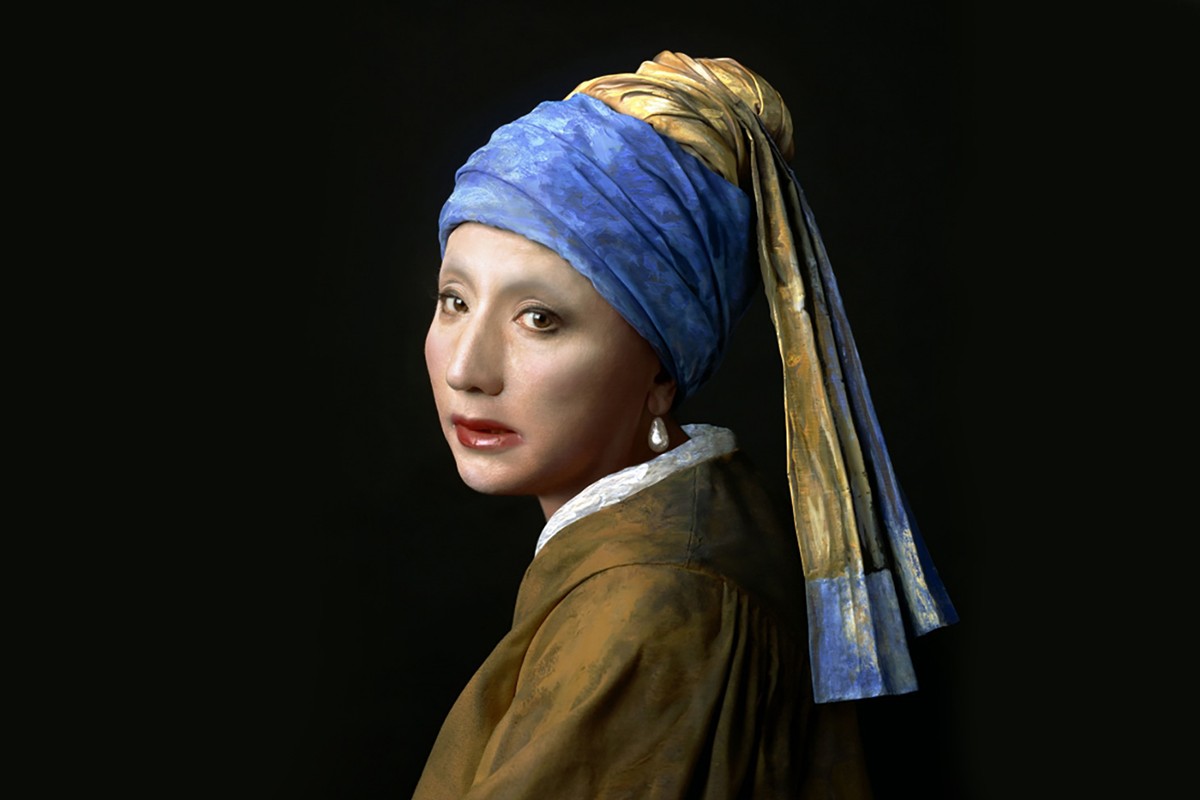More often than not, we see this term being thrown around in various media platforms. One way or another, people find a way to use this. It’s the reason why people are being canceled by online communities but the arts have been lenient with this word and it’s an element that has been pretty much a part of a lot of contemporary works. What on earth is appropriation; what counts as one and what makes it okay for artists to appropriate others?
To take something for one’s own use, usually without permission, is called “appropriation” and it can be used in a lot of aspects, including the ever-controversial topic of cultural appropriation. This type of appropriation takes a cultural identity into something more mundane or en vogue such as fashion. It’s easy to appropriate things but to identify whether or not it is appropriation is a little harder than you’d think it would be. In art, appropriation may not be as big of a deal that could cause a commotion in online communities. Japanese artist Yasumasa Morimura for one is known for appropriating a lot of artists and their works. Nam June Paik, known as the father of video art, has appropriated The Beatles concerts and presidential speeches in a collaboration with Jud Yalkut. And while political pop may sound like a genre of music, Wang Guangyi has been at the forefront of this movement, repurposing Chinese propaganda materials and tagging them with luxe brands. There’s one law that protects artists from copyright infringement in case appropriation takes place. It’s called fair use.

Photo courtesy of Alfalfa Studio
What is fair use?
There are four factors to be considered to understand whether or not a work is under fair use. First, the purpose of the creation should be justified; is it commercial or political, maybe a commentary or for educational purposes? Second, the nature of the copyrighted work should be known, if it contains elements that are protected by other copyright clauses. Then, the amount and substantiality of the portion of the original work are measured. Lastly, the effect of the use on the market or a potential market for the original work is put into consideration.
Most of the time, the first factor is heavily referred to as it is what usually makes it okay to appropriate: purpose. A lot of appropriation art is a commentary on purpose just like Wang Guangyi’s works. Visual artists have continuously struggled with copyright issues when it comes to appropriation and just like everyone else, even the law is confused whether or not a work is protected under fair use. There will always be a question of authenticity and authorship in appropriation art. Even the safest means to counter any lawsuit such as credits could only add complications to what’s already convoluting the system.
